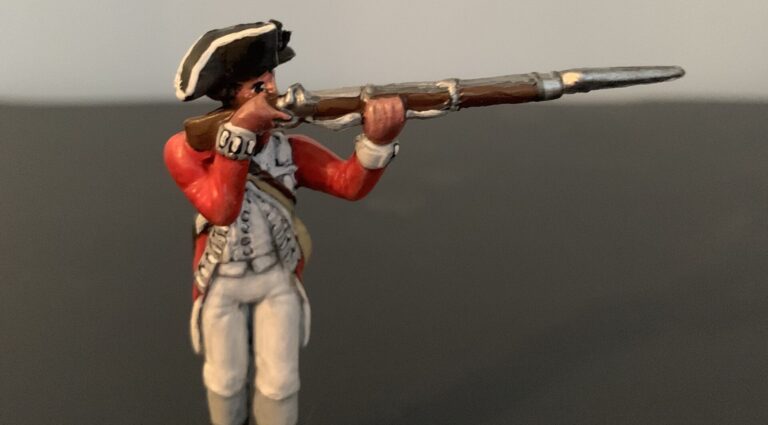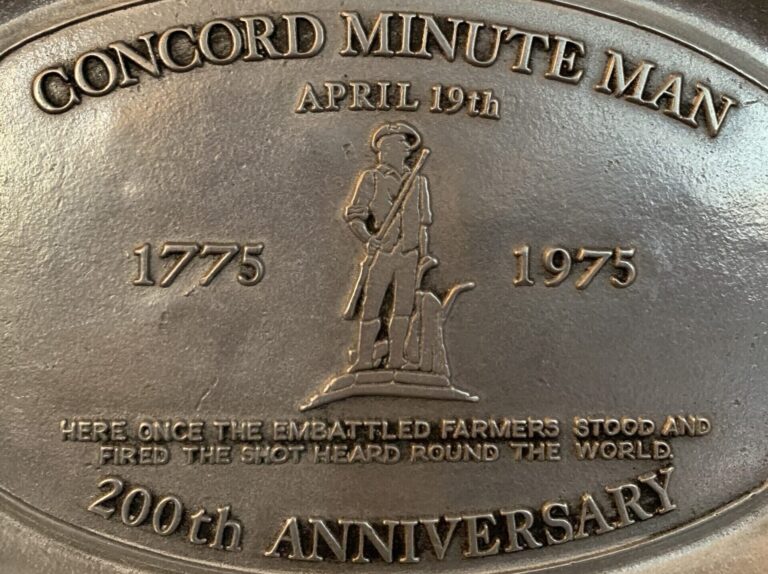Reminder: If you’re reading this in your email, you have to go to dpauthor.com and click on the Speaking of Which tab in order to view the actual blog post with the featured image.
You may have never heard of Discover Magazine magazine, and neither had I until very recently; however, this article made its way into the spring issue and I thought you might enjoy it. (My marching orders were to limit this to two pages, but hopefully brevity is not its only virtue.)
This piece actually ensued from something I wrote for the Journal of the American Revolution (JAR) in response to a question posed to contributors by the editors: What is the most underrated event that occurred in 1775, and why should it get more attention? My response apparently piqued the interest of the magazine’s co-publisher and co-founder, Cynthia Baudendistel—so my thanks to JAR.
And BTW, you can check out the magazine’s Battle Road Official Commemorative book, Discover the Battle Road, here.
For anyone who may have been thinking about purchasing my newest hardcover creation, here are the latest reviews to come in:
“I found Winning the Ten Crucial Days to be a fascinating and insightful new look at this critical period of history. The idea of leadership involving theatrical gestures is spot on. David Price’s treatment of Washington is fair and balanced with enlightening nuance—as with Joseph Reed and Edward Hand, both so important to this story, and John Cadwalader and Henry Knox. Price’s emphasis on the complexity of all the factors is well taken, luck included. It brought to mind the old dictum, ‘Armchair generals talk about battles, real generals talk about logistics.’ Things like geography, weather, supplies, etc. often make the difference.”
— JACK KELLY, author of God Save Benedict Arnold, Band of Giants, and other books on the Revolutionary War and early America
And from the other side of the pond . . .
“This book offers an interesting approach to analysing Washington’s winter campaign that will best be appreciated by readers who already have some familiarity with the battles from more conventional military histories.… Contains much useful information and is well worth reading.”
— MINIATURE WARGAMES magazine, published in Great Britain since 1983
And speaking of the other side of the pond . . .
At the initiative of Aaron Callan, Editor of The Bann Disc (since 1994 the annually published journal of the Coleraine Historical Society in Northern Ireland), I’ve conjured up a draft of an article about John Haslet and the Delaware Continental Regiment of 1776 for a special edition of that periodical. (Haslet grew up in the area.) This edition, to be released next year, will commemorate the 250th anniversary of American independence and the historical connection between Ulster and the American Revolution. (BTW, the Bann disc is an Iron Age bronze artifact discovered in the River Bann near Coleraine in 1939. Irish I could think of something clever to say about that—but obviously cannot. On the other hand, if the article was very long—which it’s not—you could say it has a lot of Bann width.)
Finally, for anyone interested in buying commemorative American Revolution stamps from the USPS, you’ll find more information about that here.


